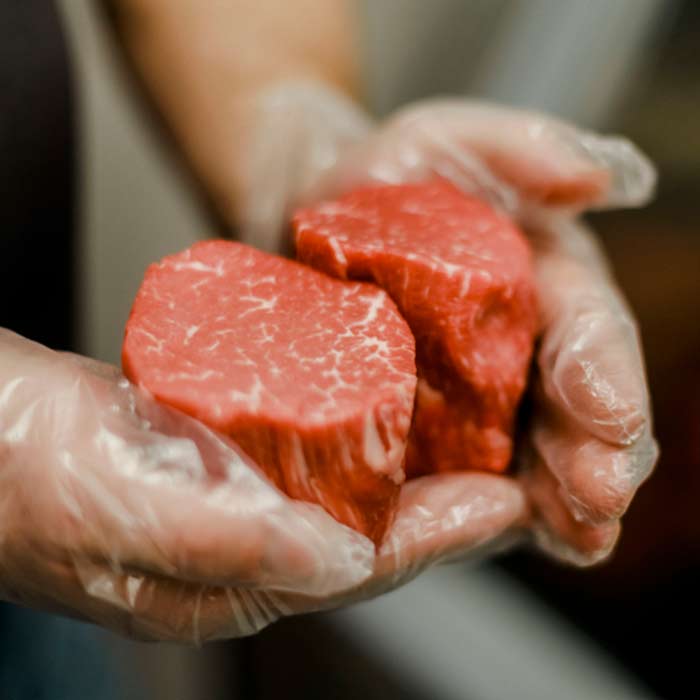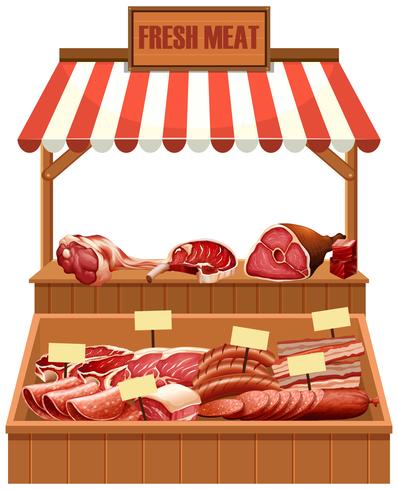From Farm to Table: Embracing the Tradition of Meat Markets and Butcheries
In an era controlled by convenience and automation, there exists a quiet revolution occurring in the cooking globe - a return to the roots of food sourcing through the tradition of meat markets and butcheries. These facilities, usually overlooked in the darkness of grocery stores, are experiencing a rebirth as critical consumers seek quality, traceability, and a link to the beginnings of their food. Yet what is driving this change back to the methods of old? The solution hinges on the intersection of heritage methods, honest considerations, and a need for an extra authentic gastronomic experience.
The Resurgence of Meat Markets
The rebirth of meat markets across various neighborhoods indicates a change towards a restored recognition for locally sourced, high quality meats. In recent years, customers have come to be more aware of the origins of their food, causing a growing need for openness and sustainability in the meat sector. This trend has led the way for the resurgence of conventional meat markets and butcheries, where consumers can directly connect with well-informed butchers and resource their meat from nearby ranches.
One of the essential driving variables behind this revival is the need for better and fresher items. By purchasing meat from regional markets, customers can ensure that they are getting fresh cuts that have actually not taken a trip fars away or been being in storage for extended durations. In addition, supporting local meat markets helps boost the neighborhood economy and promotes neighborhood links.

Workmanship in Butcheries
With the revival of meat markets stressing high quality and sustainability, the focus changes in the direction of identifying the detailed craftsmanship presented in contemporary butcheries. Craftsmanship in butcheries exceeds just cutting meat; it embodies an ingrained practice of knowledge and accuracy in managing various cuts of meat. Bagley Farms Meat Market. Butchers, frequently educated for years, have a wealth of expertise on the makeup of animals, blade skills, and the art of breaking down carcasses successfully

In modern butcheries, workmanship appears in the means butchers very carefully resource their meat, ensuring high requirements of top quality and ethical methods. They take satisfaction in understanding the provenance of the meat they offer, functioning very closely with local farmers and providers to offer customers full openness and traceability.
In addition, craftsmanship in butcheries extends to the discussion of meat. Butchers masterfully prepare cuts that not just boost flavor however likewise display the natural elegance of the meat. The art of butchery is a mix of tradition and development, where respect for the pet and commitment to the craft lead to phenomenal products that truly stand apart in today's market.
Locally Sourced Meat High Quality

Locally sourced meat supplies many advantages, consisting of fresher products, assistance for local farmers, and decreased environmental effect due to reduced transport distances - Bagley Farms Meat Market. By acquiring meat from nearby ranches and butcheries, consumers can have extra confidence in the top quality and safety of the items they are buying

Farm-to-Table Shopping Experience
In the realm of in your area sourced meat top quality, the farm-to-table buying experience uses customers a straight link to the origins of their food - Bagley Farms Meat Market. This distinct buying experience enables clients to map the journey of their meat, from the farm where the pets were increased to the table where it will be taken pleasure in. By taking part in farm-to-table shopping, people can gain a much deeper understanding of the farming methods, pet well-being requirements, and sustainability efforts involved in generating their meat
Customers have the chance to connect with local farmers and butchers, asking concerns regarding the Visit Your URL meat they are acquiring and learning about the particular cuts offered. This straight interaction cultivates trust between producers and consumers, making sure that people are certain in the quality and origins of the meat they are bringing home.
Tradition Fulfills Modern Society
The merging of typical meat markets and butcheries with modern culture provides a special chance for the conservation of artisanal techniques in a contemporary context. While modern-day advancements have transformed different markets, the significance of typical meat markets and butcheries continues to be deeply rooted in background and workmanship. This mix of practice and modernity permits for the extension of classic techniques while adjusting to the demands and choices of today's consumers.
In today's fast-paced world, where convenience commonly trumps quality, there is an expanding admiration for the heritage and credibility that conventional meat markets and butcheries provide. Consumers description are progressively seeking openness in the sourcing and manufacturing of their food, leading them back to the individualized service and expertise located in these facilities. In addition, the emphasis on sustainability and ethical techniques straightens with the values upheld by several typical meat markets and butcheries, cultivating a feeling of community and responsibility in the direction of the atmosphere.
As society continues to progress, the coalescence of custom and modernity in meat markets and butcheries not just ensures the conservation of artisanal methods but likewise enriches the cooking landscape with a blend of heritage and advancement.
Verdict
In verdict, the tradition of meat markets and butcheries is experiencing a revival in contemporary culture. These facilities provide locally sourced meat of high top quality, supplying a farm-to-table purchasing experience for consumers. The craftsmanship and expertise discovered in butcheries add to the authenticity and value of the products provided. By welcoming this practice, people have the ability to get in touch with their food in a purposeful means, linking the void between the past and today.
In a period controlled by ease and mass manufacturing, there exists a silent change taking area in the cooking globe - a return to the origins of food sourcing via the practice of meat markets and butcheries.The rebirth of meat markets throughout numerous areas shows a change in click for info the direction of a restored appreciation for locally sourced, quality meats.With the rebirth of meat markets stressing top quality and sustainability, the emphasis moves towards identifying the detailed workmanship showed in modern butcheries. Craftsmanship in butcheries goes past simply cutting meat; it symbolizes an ingrained practice of proficiency and accuracy in dealing with different cuts of meat.In today's busy world, where convenience often surpasses quality, there is an expanding recognition for the heritage and credibility that conventional meat markets and butcheries supply.
Comments on “From Ranch to Table: Bagley Farms Meat Market Supplies Unrivaled Top Quality and Preference”